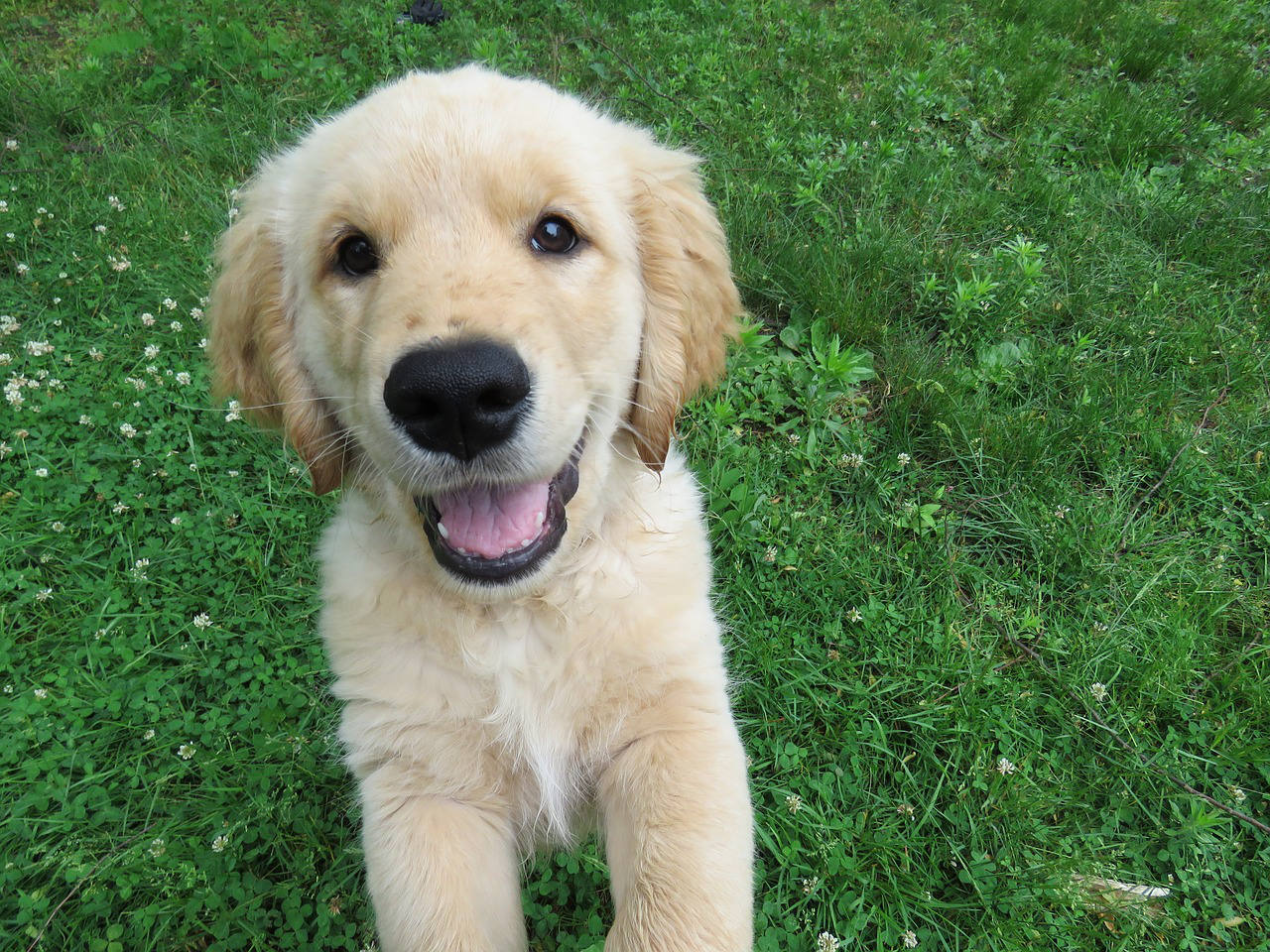When you first brought home your 8-week-old puppy, everything seemed relatively manageable – focus on potty training and socialization, and you’re good to go. However, as your puppy hits the four or five-month mark, you might face a seemingly unrecognizable, hyperactive furball. Is there hope for your puppy to grow out of this stage independently?
Well, it’s possible, but not very likely, without some guidance. While a three-year-old dog is generally more composed than a five-month-old, uncontrolled behavior doesn’t typically improve without some intervention.
The question then becomes,
Should I Punish My Dog for Tackling Kids?
Rather than fixating on punishing your pup and making her feel like she’s done something wrong, let’s delve into why she engages in this behavior. What triggers her to tackle kids and keeps her returning for more?
Chances are, your puppy sees this as an incredibly entertaining game! Instead of squashing her enthusiasm, we’ll focus on teaching her proper interaction (rewarding her for it) and providing safe outlets for her energetic rough-housing without putting kids at risk.
In fact, disciplining your puppy for being too boisterous with kids can sometimes have unintended consequences. I’ve encountered numerous dogs whose playful antics turned into genuine aggression due to harsh punishment during training.
However, if a situation requires you to startle your puppy to protect a child, that’s acceptable. Use it as a learning opportunity and ensure it doesn’t repeat.
How Do I Stop My Puppy From Tackling Kids?
It’s crucial to recognize that while this game is a blast for your puppy, it might not be as enjoyable for the kids involved. Here’s a step-by-step approach to address the issue:
Implement a tethering system or exercise pen to prevent the puppy from reaching the kids.
When directly supervising (with your full attention), have the puppy wear a 2- to 6-foot leash attached to a back-clip harness. If your puppy gets overly excited, gently guide her away with the leash, then redirect her with a stuffed Kong or another chew toy.
Instruct the children to give the puppy space, refrain from waving their arms or screaming, and encourage them to move calmly and quietly. Excitement from the kids can exacerbate the situation. If the children or the puppy can’t behave appropriately, consider separating them temporarily.
Ensure your puppy gets plenty of exercise. Flirt poles allow your puppy to jump, bite, and play appropriately, satisfying their play needs without endangering your kids’ clothing.
Teach your puppy hand targeting and relaxation training. Use hand signals to call the puppy away from rough play and guide her to a designated spot for a treat when she gets too riled up.
When in doubt, employ treat scatters. Both you and your children can toss enticing treats (like boiled chicken breast) to divert the puppy’s attention from undesirable behavior. It’s not formal training but rather a “let’s stop this NOW” strategy that can be pretty effective.
By implementing these strategies, you can help your puppy channel their vitality in a more controlled manner and ensure a safer, happier environment for both your furry friend and the kids.


Leave A Comment